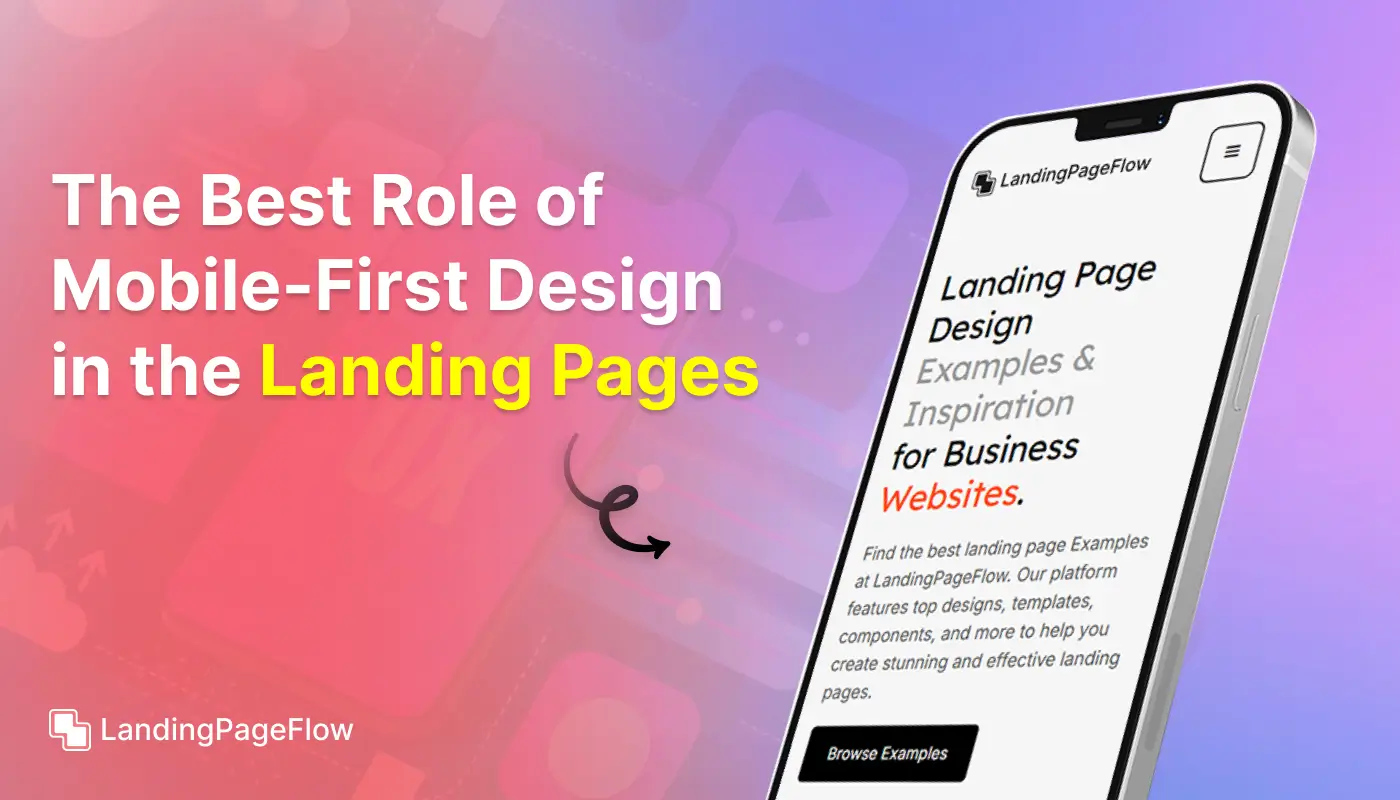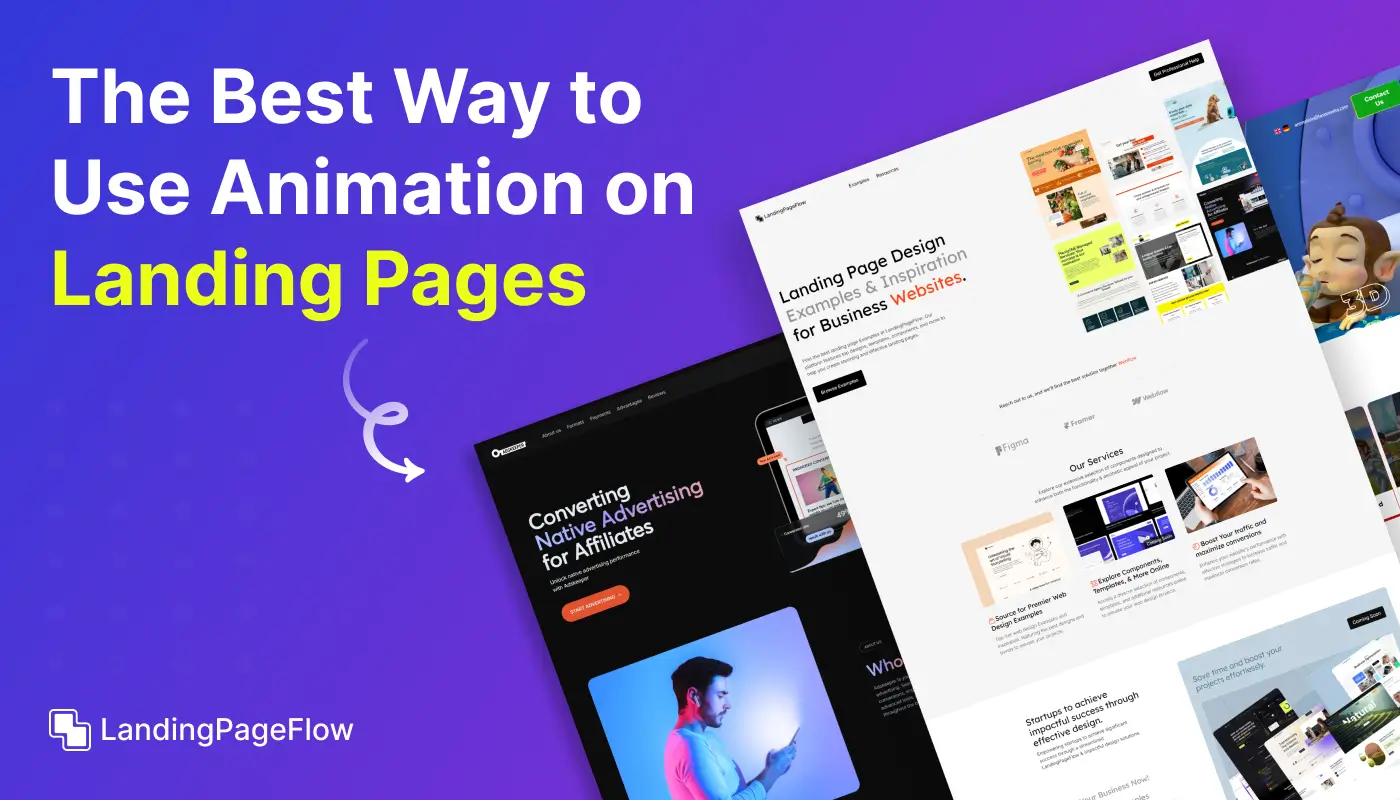What is a landing page? a Comprehensive Guide

November 17, 2025
A landing page is more than just a webpage, and it’s a focused destination designed to turn visitors into leads or customers.
In 2025, landing pages have evolved into powerful marketing assets, combining strategic design, targeted messaging, and data-driven optimization.
This guide breaks down exactly what a landing page is, how it works, and why it plays such a critical role in digital marketing success.
We’ll explore the essential components that make a landing page effective, from the headline and visuals to calls-to-action that inspire clicks.
By understanding these principles, you can create landing pages that not only look appealing but also convert consistently.
From product promotions to event registrations, a well-crafted landing page can be the difference between browsing and buying.
"Ready to improve your current landing page performance?
Get a free audit with actionable steps for higher conversions."
Table of Contents
- What is a Landing Page?
- Types of Landing Pages
- Lead Generation Landing Pages
- Click-Through Landing Pages
- Sales Landing Pages
- Thank You Pages
- Key Elements of an Effective Landing Page
- Headline and Subheadline
- Visual Design and Layout
- Persuasive Copy
- Call-to-Action (CTA)
- Trust Signals and Social Proof
- Lead Capture Forms
- Best Practices For Designing Landing Pages
- Focus on a Single Objective
- Optimize for Mobile Devices
- Use Clear and Engaging Visuals
- Implement A/B Testing
- Ensure Fast Load Times
- Common Mistakes to Avoid
1. What is a Landing Page?

A landing page is a standalone web page created for a marketing or advertising campaign.
Unlike other web pages, which may have multiple objectives and calls to action, a landing page is designed with a singular focus: to convert visitors into leads or customers by encouraging them to take a specific action.
This could be filling out a form, clicking a button, or making a purchase.
2. Types of Landing Pages

Lead Generation Landing Pages
- Purpose: These pages aim to capture visitor information, such as email addresses or phone numbers, often in exchange for valuable content like eBooks, whitepapers, or newsletters.
- Features:
- Prominent lead capture form
- Engaging headline and subheadline
- Benefits-focused copy
- Strong CTA
Click-Through Landing Pages
- Purpose: Designed to warm up visitors and lead them to another page, often where a purchase or sign-up is completed. They are commonly used in conjunction with ads.
- Features:
- Compelling headline and teaser copy
- Persuasive arguments or benefits
- Clear CTA directing to the next step
Sales Landing Pages
- Purpose: These pages are focused on driving sales directly from the landing page, often used for product launches or promotions.
- Features:
- Detailed product or service information
- Pricing and purchase options
- Customer testimonials or reviews
- Strong CTA to purchase
Thank You Pages
- Purpose: Displayed after a visitor has completed a desired action, such as filling out a form or making a purchase. They often include follow-up actions or additional offers.
- Features:
- Confirmation of the completed action
- Additional offers or related content
- Clear instructions for next steps
3. Key Elements of an Effective Landing Page

Headline and Subheadline
- Importance: The headline is the first thing visitors see and should communicate the value of your offer. The subheadline supports the headline by providing additional details.
- Tips:
- Make them clear and benefit-oriented.
- Align them with the visitor’s expectations and campaign goals.
Visual Design and Layout
- Importance: An appealing and user-friendly design helps keep visitors engaged and guides them toward the CTA.
- Tips:
- Use a clean and organized layout with ample whitespace.
- Ensure visual elements support the message and CTA.
Persuasive Copy
- Importance: The copy should effectively communicate the benefits of your offer and persuade visitors to take action.
- Tips:
- Focus on benefits rather than features.
- Use engaging and action-oriented language.
Call-to-Action (CTA)
- Importance: The CTA directs visitors toward the desired action and is crucial for conversions.
- Tips:
- Make it prominent with contrasting colors.
- Use clear and action-oriented language.
Trust Signals and Social Proof
- Importance: Building credibility and trust is essential for conversions, especially if visitors are unfamiliar with your brand.
- Tips:
- Include customer testimonials, reviews, or case studies.
- Display trust badges or security seals.
Lead Capture Forms
- Importance: Lead capture forms are critical for collecting visitor information and turning them into leads.
- Tips:
- Keep forms short and request only essential information.
- Use clear and inviting language for form fields and buttons.
4. Best Practices For Designing Landing Pages

Focus on a Single Objective
- Importance: A landing page should have one clear goal to avoid confusing visitors and diluting the message.
- Tips:
- Design the page around this single objective.
- Remove any distractions that don’t support the goal.
Optimize for Mobile Devices
- Importance: With many users accessing websites via mobile devices, ensuring mobile responsiveness is crucial for maintaining a good user experience.
- Tips:
- Use responsive design techniques.
- Test the page on various devices to ensure usability.
Use Clear and Engaging Visuals
- Importance: Visuals can enhance the message and appeal of your landing page, making it more engaging for visitors.
- Tips:
- Choose high-quality images that support the content.
- Ensure visuals are relevant and not distracting.
Implement A/B Testing
- Importance: A/B testing helps determine which version of a landing page performs better, allowing for data-driven optimizations.
- Tips:
- Test different elements such as headlines, CTAs, and images.
- Analyze results to make informed improvements.
Ensure Fast Load Times
- Importance: Page load speed affects user experience and conversion rates. A slow-loading page can lead to higher bounce rates.
- Tips:
- Optimize images and media files.
- Minimize code and use caching.
5. Common Mistakes to Avoid

- Overloading with Information: Too much information can overwhelm visitors and detract from the main message.
- Weak or Confusing CTAs: Ensure CTAs are clear, compelling, and easy to find.
- Ignoring Mobile Optimization: Failing to optimize for mobile devices can lead to a poor user experience and lost conversions.
- Neglecting Testing: Regularly test different elements to continually improve performance.
Conclusion
A landing page is a vital tool in modern marketing, serving as the bridge between curiosity and conversion.
With the right structure, copy, and visual flow, your landing page can guide visitors toward a single, clear action.
Focusing on simplicity, relevance, and trust-building elements helps create a seamless experience that encourages engagement.
By tracking results and refining your approach, you can continuously improve conversion rates and return on investment.
Landing pages are about clarity and persuasion - mastering both will position you for stronger campaign outcomes.
Start planning your next landing page today and see how a targeted approach can transform your results.

FAQ
1. What is the main goal of a landing page?
Its primary goal is to guide visitors toward completing a specific action, such as signing up or making a purchase.
2. How does a landing page differ from a homepage?
A homepage covers multiple topics, while a landing page focuses on one offer or message.
3. Can a landing page be used for offline promotions?
Yes, you can link QR codes or printed materials to a landing page for campaign tracking.
4. What types of businesses benefit from landing pages?
Any business that runs promotions, collects leads, or sells products online can benefit.
5. Are landing pages useful for event marketing?
Absolutely, they are perfect for registrations, RSVP tracking, and event details.
6. How often should I update my landing page?
You should review and refresh content periodically to match current offers and audience needs.



















